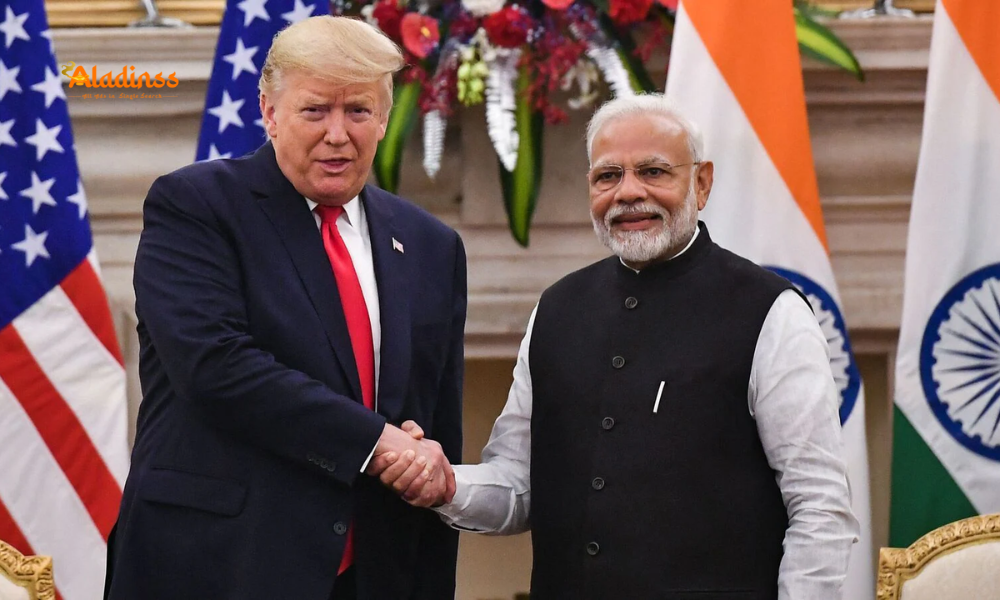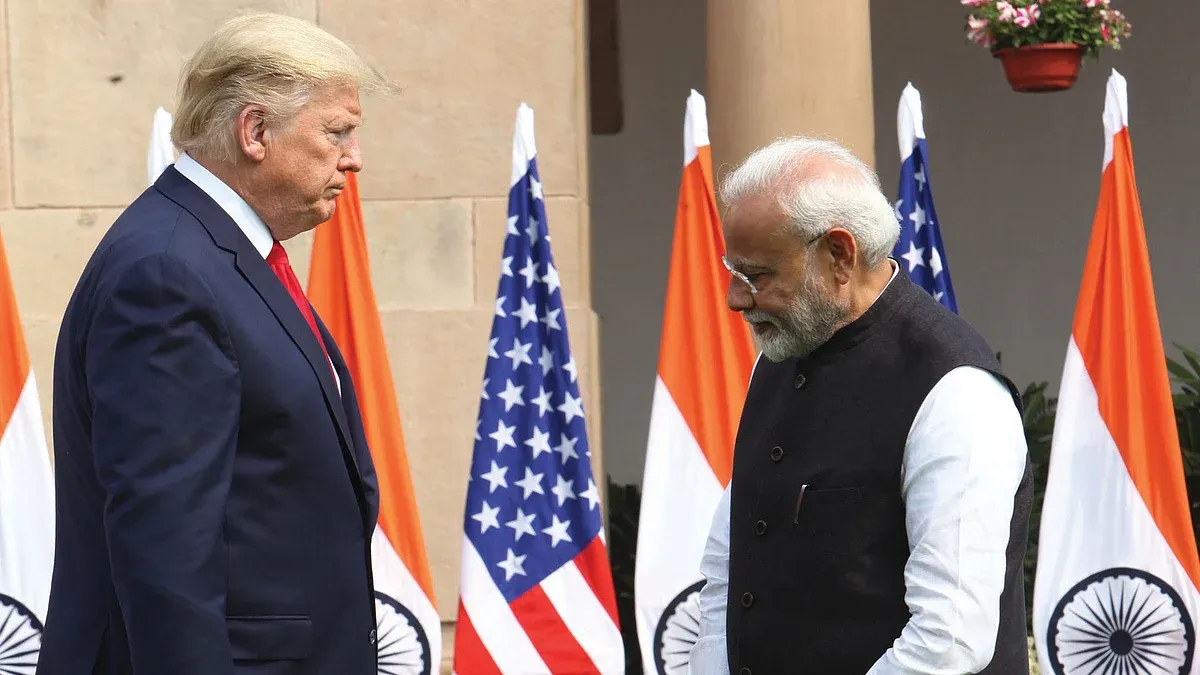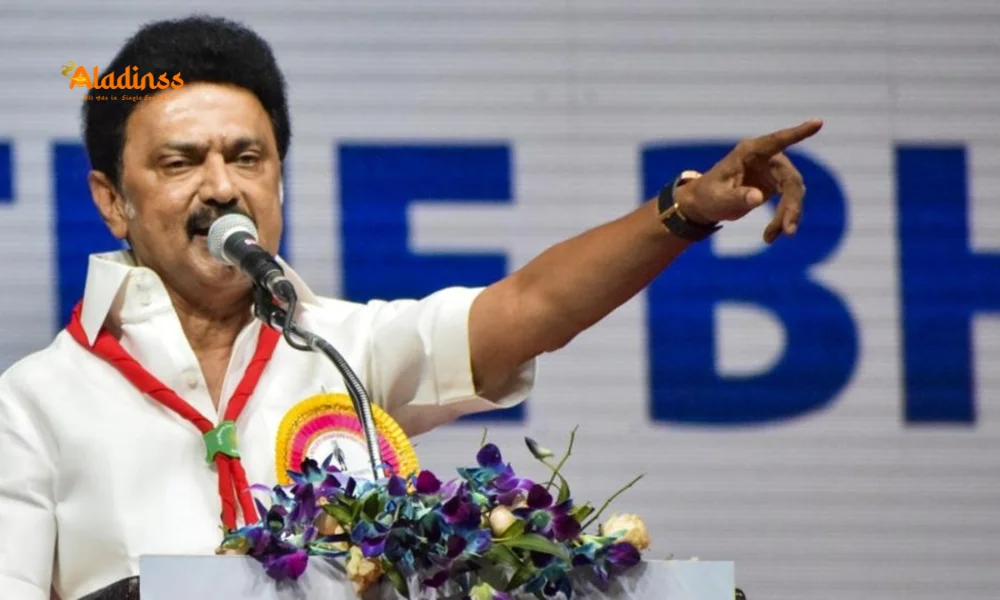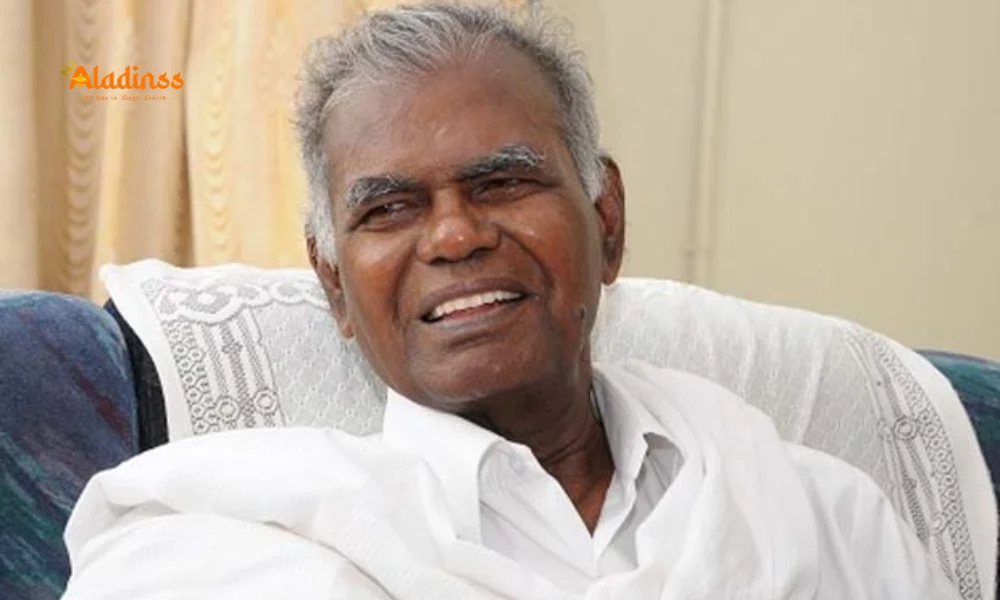Trump Tariff Live Updates: JPMorgan Warns 1% GDP Risk for India

Trump Tariff Live Updates: JPMorgan Warns India Faces 1% GDP Risk from 50% Tariffs

In a major development shaking global trade markets, JPMorgan has warned that U.S. President Donald Trump’s decision to impose 50% tariffs on Indian exports could render them completely noncompetitive. According to JP Morgan’s Chief India Economist Sajjid Chinoy, the direct impact of these tariffs could put at risk nearly 1% of India’s GDP, with wider indirect effects on jobs, liquidity, and industrial growth. The Reserve Bank of India’s strong foreign exchange reserves may cushion some of the shock, but the long-term economic risk remains significant.
JPMorgan’s Warning on Tariff Impact
Sajjid Chinoy, speaking to CNBC-TV18, emphasized that India could still compete under a 25% tariff structure. However, with the effective U.S. tariff rate now at 50%, exporters in key industries including textiles, chemicals, auto components, and information technology services will face severe challenges. He warned that a 1% GDP loss is not only possible but also probable unless targeted policy interventions are rolled out by the government. This estimate does not factor in potential job losses, which could further deepen the crisis in the labor-intensive export sector.
India–US Trade Talks Suspended Over Russian Oil Dispute
According to senior officials from the Commerce and Industry Ministry, bilateral trade negotiations were scheduled to resume on August 25. However, Trump’s announcement of an additional 25% penalty tariff linked to India’s purchase of Russian oil has stalled talks. The U.S. administration labeled India’s Russian oil imports as a “deal breaker,” halting the planned visit of the American delegation to New Delhi. With the new tariffs, Indian exports to the United States now face 50% duties, creating uncertainty in one of India’s largest trade relationships.
Exporters Brace for Liquidity Crunch
Industry insiders warn that exporters may soon face liquidity issues as American buyers scale down orders due to higher costs. Sectors such as garments, leather, pharmaceuticals, and chemicals are especially vulnerable, as they have significant exposure to the U.S. market. The Commerce Ministry is reportedly reviewing measures to reduce the financial strain, but exporters are pushing for immediate relief to maintain their operations. Without government intervention, analysts believe smaller exporters could be forced to shut down or shift to other markets with lower tariffs.
Relief Measures Under Consideration
Government sources indicate that any relief package will not come in the form of direct subsidies. Instead, long-term measures are being considered to make industries more resilient. Policy experts argue that focusing only on subsidies would not solve the structural challenges posed by global trade conflicts. The Commerce Ministry is examining alternatives such as easier access to working capital, support for export diversification, and easing of compliance norms for small businesses.
Exporters Seek Revival of MEIS Scheme
A delegation from the Federation of Indian Export Organisations (FIEO) recently met with Finance Minister Nirmala Sitharaman, urging the government to reintroduce a modified version of the Merchandise Exports from India Scheme (MEIS). The scheme, which was discontinued for being non-compliant with WTO rules, had earlier provided much-needed support to exporters. With the WTO’s enforcement mechanism weakening, industry leaders argue that a similar scheme could once again play a vital role in sustaining exports. Exporters have even proposed a cost-sharing model where both government and industry absorb part of the tariff impact, reducing the effective duty to around 20%.
Job Loss Concerns in Export-Oriented Sectors
Experts have flagged the risk of large-scale job losses in labor-intensive sectors like textiles, gems & jewelry, leather, and agriculture exports. With American buyers scaling back, factories may reduce output, triggering layoffs. This could have ripple effects on India’s rural economy, where many workers depend on small and medium-scale export units for employment. Analysts warn that without timely policy support, India may witness rising unemployment rates and a widening current account deficit.
India’s Strategic Options Going Forward
While the immediate priority is to safeguard exporters, trade experts suggest that India must also diversify its export destinations beyond the U.S. European Union, ASEAN, and Middle Eastern markets may absorb part of the diverted trade. Additionally, strengthening domestic consumption could help reduce reliance on exports. India’s strong foreign exchange reserves provide a buffer, but structural reforms will be key to mitigating the long-term risks of U.S. protectionist policies.
Comment / Reply From
No comments yet. Be the first to comment!











